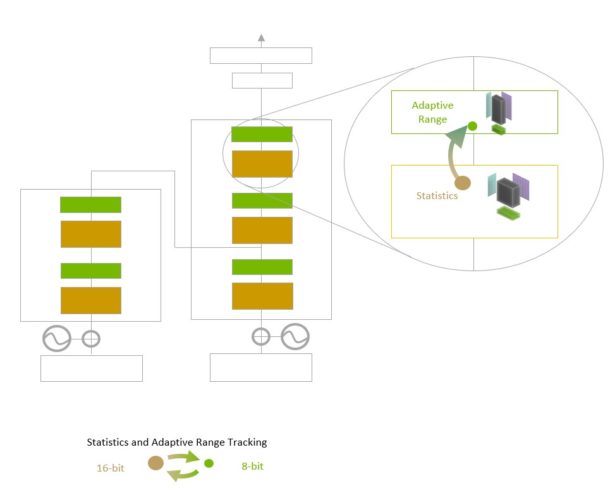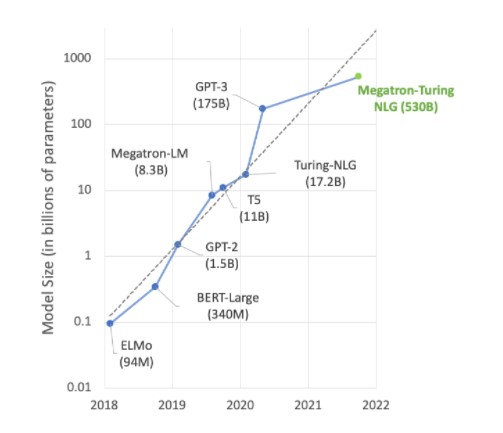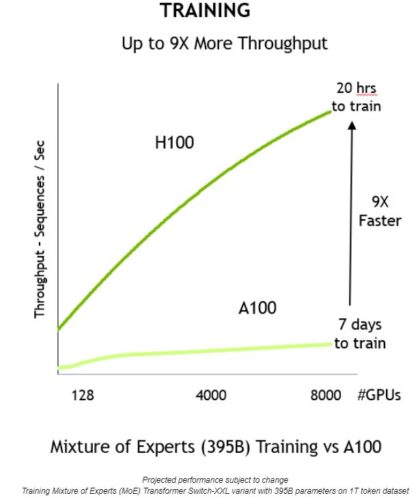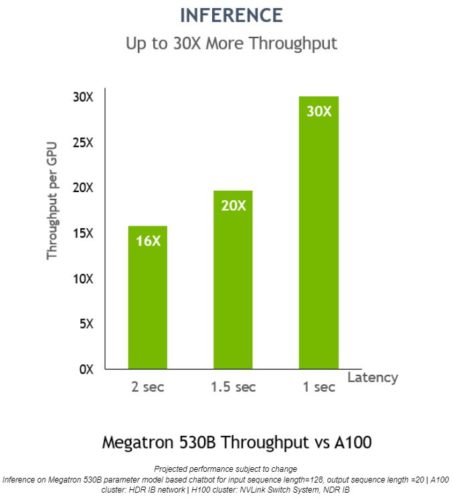Siemens Gamesa Renewable Energy is working with NVIDIA to create physics-informed digital twins of wind farms — groups of wind turbines used to produce electricity.
The company has thousands of turbines around the globe that light up schools, homes, hospitals and factories with clean energy. In total they generate over 100 gigawatts of wind power, enough to power nearly 87 million households annually.
Virtual representations of Siemens Gamesa’s wind farms will be built using NVIDIA Omniverse and Modulus, which together comprise NVIDIA’s digital twin platform for scientific computing.
The platform will help Siemens Gamesa achieve quicker calculations to optimize wind farm layouts, which is expected to lead to farms capable of producing up to 20 percent more power than previous designs.
With the global level of annual wind power installations likely to quadruple between 2020 and 2025, it’s more important than ever to maximize the power produced by each turbine.
The global trillion-dollar renewable energy industry is turning to digital twins, like those of Siemens Gamesa’s wind farms — and one of Earth itself — to further climate research and accelerate the clean energy transition.
And the world’s rapid clean energy technology improvements mean that a dollar spent on wind and solar conversion systems today results in 4x more electricity than a dollar spent on the same systems a decade ago. This has tremendous bottom-line implications for the transition towards a greener Earth.
With NVIDIA Modulus, an AI framework for developing physics-informed machine learning models, and Omniverse, a 3D design collaboration and world simulation platform, researchers can now simulate computational fluid dynamics up to 4,000x faster than traditional methods — and view the simulations at high fidelity.
“The collaboration between Siemens Gamesa and NVIDIA has meant a great step forward in accelerating the computational speed and the deployment speed of our latest algorithms development in such a complex field as computational fluid dynamics,” said Sergio Dominguez, onshore digital portfolio manager at Siemens Gamesa.
Maximizing Wind Power
Adding a turbine next to another on a farm can change the wind flow and create wake effects — that is, decreases in downstream wind speed — which lead to a reduction in the farm’s production of electricity.
Omniverse digital twins of wind farms will help Siemens Gamesa to accurately simulate the effect that a turbine might have on another when placed in close proximity.
Using NVIDIA Modulus and physics-ML models running on GPUs, researchers can now run computational fluid dynamics simulations orders of magnitude faster than with traditional methods, like those based on Reynolds-averaged Navier-Stokes equations or large eddy simulations, which can take over a month to run, even on a 100-CPU cluster.
This up to 4,000x speedup allows the rapid and accurate simulation of wake effects.
Analyzing and minimizing potential wake effects in real time, while simultaneously optimizing wind farms for a variety of other wind and weather scenarios, require hundreds or thousands of iterations and simulation runs, which were traditionally prohibited by time constraints and costs.
NVIDIA Omniverse and Modulus enable accurate simulations of the complex interactions between the turbines, using high-fidelity and high-resolution models that are based on low-resolution inputs.
Learn more about NVIDIA Omniverse and Modulus at GTC, running through March 24.
Watch NVIDIA founder and CEO Jensen Huang’s GTC keynote address.
The post Siemens Gamesa Taps NVIDIA Digital Twin Platform for Scientific Computing to Accelerate Clean Energy Transition appeared first on NVIDIA Blog.





